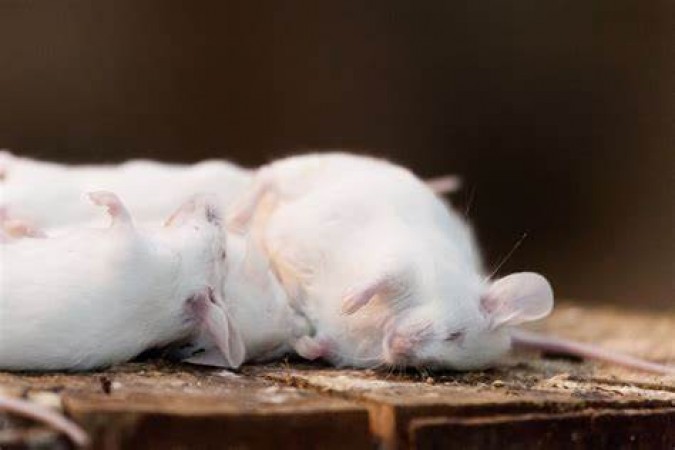
The Black Death, a devastating pandemic that swept through Europe in the 14th century, has long been associated with rats and their fleas. But was it really caused by rats? In this article, we will delve into the historical records and scientific research to uncover the truth behind this centuries-old mystery.
Before we dive into the rat controversy, let's first understand what the Black Death was and why it is essential to unravel its true cause.
The Black Death, also known as the Bubonic Plague, was a deadly disease that struck Europe between 1347 and 1351. It wiped out an estimated 25 million people, decimating Europe's population.
For centuries, it has been widely believed that rats, particularly the black rat (Rattus rattus), were the primary carriers of the plague. The assumption was that fleas that infested these rats transmitted the disease to humans.
Let's examine the arguments that support the notion that rats were indeed responsible for the Black Death.
Numerous historical accounts from the 14th century mention the presence of rats in homes and cities during the plague. These accounts suggest a correlation between the rat population and the outbreak.
The idea that fleas carried by rats transmitted the plague seemed plausible. Fleas are known vectors for diseases, and rats provided a convenient host for these disease-carrying insects.
Now, let's explore the counterarguments that challenge the rat's role in the Black Death.
Despite historical accounts, there is a lack of concrete scientific evidence linking rats directly to the spread of the plague. Some argue that fleas could have found alternative hosts, such as humans or other animals.
Recent research suggests that human-to-human transmission might have played a more significant role than previously thought. This theory proposes that respiratory droplets could have spread the disease among people.
Climate conditions during the 14th century, including unusual weather patterns and temperature fluctuations, might have created an environment conducive to the rapid spread of the plague, irrespective of rat populations.
In the quest to determine whether rats were the culprits behind the Black Death, it's essential to acknowledge that the truth likely lies in a complex interplay of various factors.
It is plausible that the Black Death was caused by a combination of factors, including fleas, rats, and human-to-human transmission. The disease's rapid spread may have been facilitated by a perfect storm of conditions.
Understanding the historical context is crucial when assessing the role of rats in the Black Death. Medieval cities were often overcrowded and lacked proper sanitation, creating ideal conditions for the spread of disease.
In the end, the question of whether rats were the primary cause of the Black Death remains a subject of debate among historians and scientists. While historical accounts suggest a connection, modern research indicates a more nuanced picture. The truth may never be definitively known, but one thing is certain: the Black Death's impact on history is undeniable.
In our exploration of this historical mystery, we've encountered compelling arguments on both sides. The Black Death serves as a stark reminder of the devastating consequences of infectious diseases and the importance of understanding their origins.
In summary, the Black Death's true cause remains shrouded in complexity, with rats playing a role in the narrative but not necessarily serving as the sole culprits.